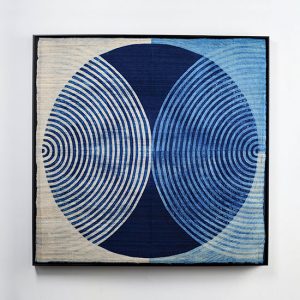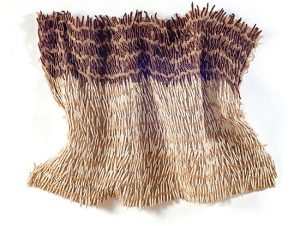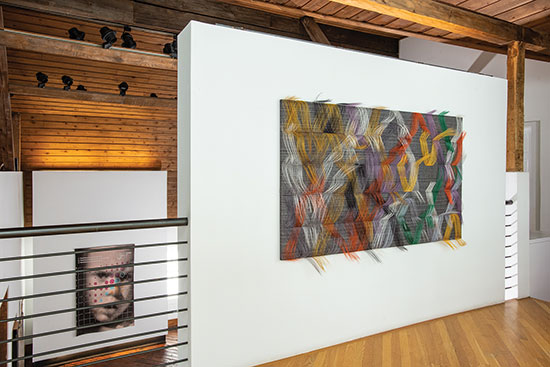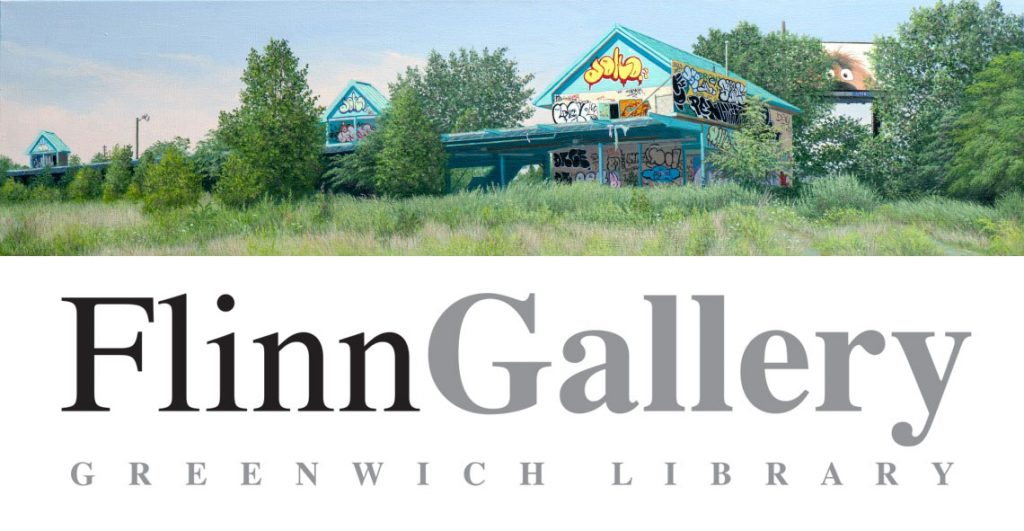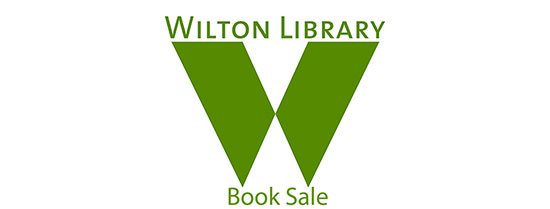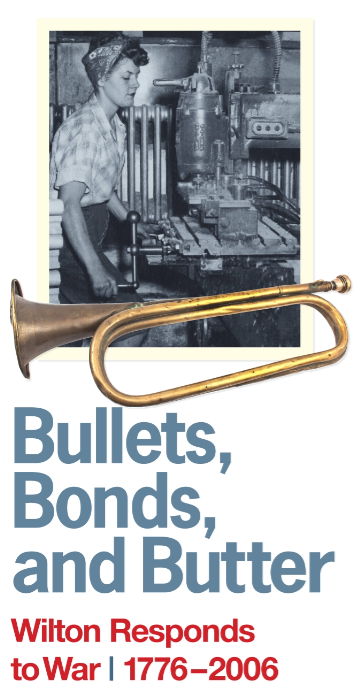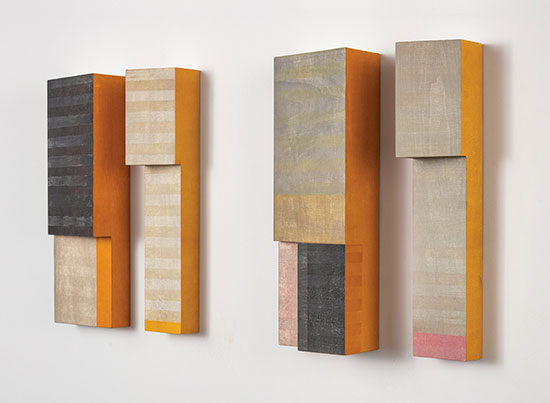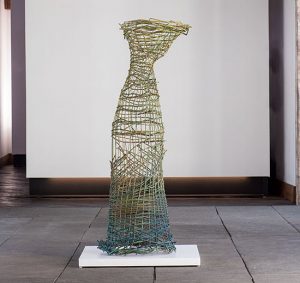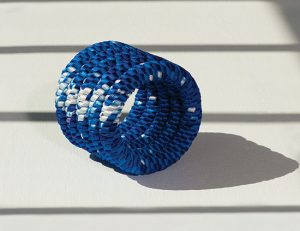We are excited to be including four artists new to browngrotta arts in art + identity: an international view. They include Neha Puri Dhir of India and Nnenna Okore who grew up and studied in Nigeria and now lives in the US.
Neha Puri Dhir‘s textile study has also been broad-based, including time at the National Institute of Design, Ahmedabad, India, studies in Italy, Latvia, the UK and a workshop with Americans Yoshiko Wada and Jack Larsen. Dhir has intentionally explored a variety of textile techniques, developing a particular appreciation for shibori and stitch resist. “More than the means,” she told Hand/Eye magazine, “It is the story that fascinates me. It is enchanting to know the origin of these age-old Japanese techniques. Unconsciously, and interestingly, similar resist-dyeing techniques were taking birth in various corners of the world — bandhini in India and adire from Nigeria. These traditional crafts were changing hands from one generation to another and unknowingly developing a pedagogy.”
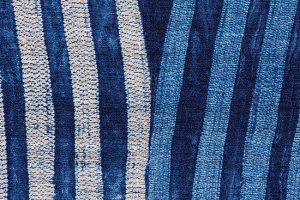
Dhir has experimented with this meticulous and labor-intensive technique, sourcing her fabrics from various parts of India and using machine stitch instead of hand to achieve something not otherwise possible. Dhir’s design philosophy has been influenced by the Japanese aesthetic wabi-sari, centred on the acceptance of impermanence and imperfection.
Born in Australia and raised in Nigeria, Nnenna Okore has received international acclaim for her richly textured abstract sculptures and installations. Her breathtaking works explore the fragility and ephemerality of terrestrial existence. Her highly tactile sculptures respond to the rhythms and contours of everyday life, combining reductive methods of shredding, fraying, twisting and teasing with constructive processes of tying, weaving, stitching and dyeing. Also, informing her aesthetics are familiar sounds of sweeping, chopping, talking and washing, processes that reflect the transience of human labor and its inevitable mark on the material world.
“…My processes of fraying, tearing, teasing, weaving, dyeing, waxing, accumulating and sewing allow me to interweave and synthesize the distinct properties of materials,…[M]uch like impermanent earthly attributes, my organic and twisted structures mimic the dazzling intricacies of fabric, trees, barks, topography and architecture. All my processes are adapted or inspired by traditional women’s practice, the African environment, third-world economies and recycled waste.”

Okore is a Professor of Art at Chicago’s North Park University, where she chairs the Art department and teaches courses in Art Theory and Sculptural Practices. She earned her B.A degree in Painting from the University of Nigeria, Nsukka (First Class Honors) in 1999, and subsequently received her MA and MFA at the University of Iowa, in 2004 and 2005 respectively. Okore spent a year as an apprentice in El Anatsui’s studio in Nigeria.
The opening of art + identity: an international view is at browngrotta arts, 276 Ridgefield Road, Wilton, CT 06897, Saturday, April 27th from 1 pm to 6 pm. Sunday the 28th through Sunday May 5th, the exhibition hours are 10 am to 5 pm. For the complete list of the more than 50 artists who are participating, visit our calendar page HERE.

